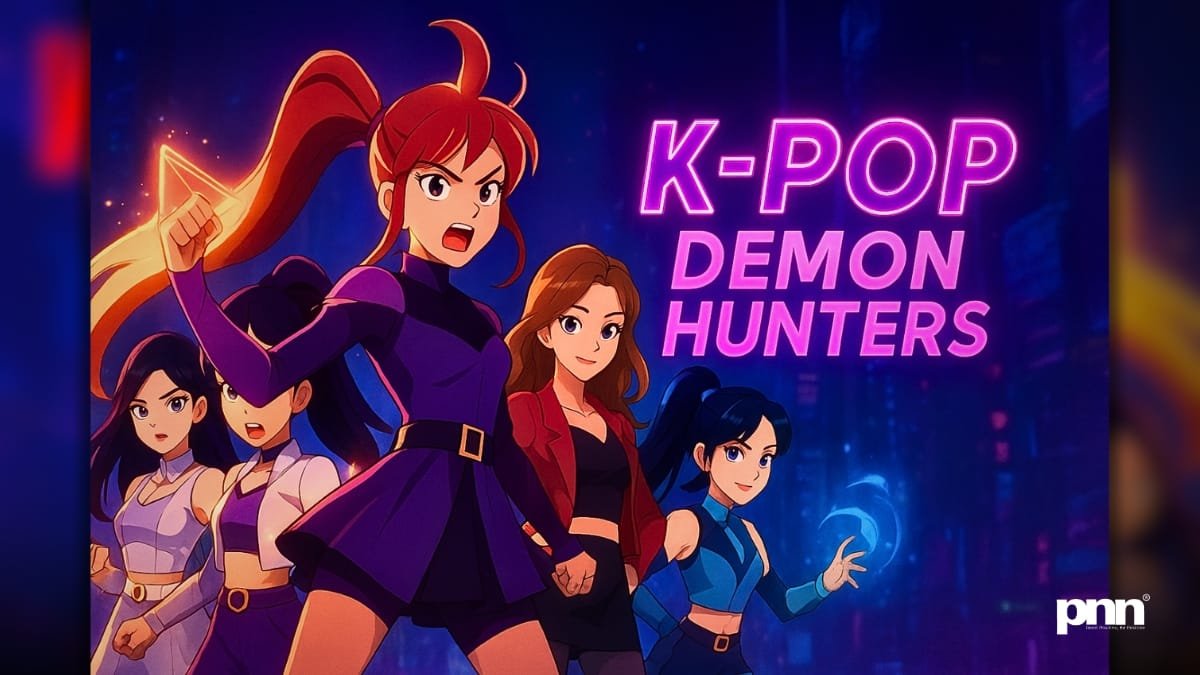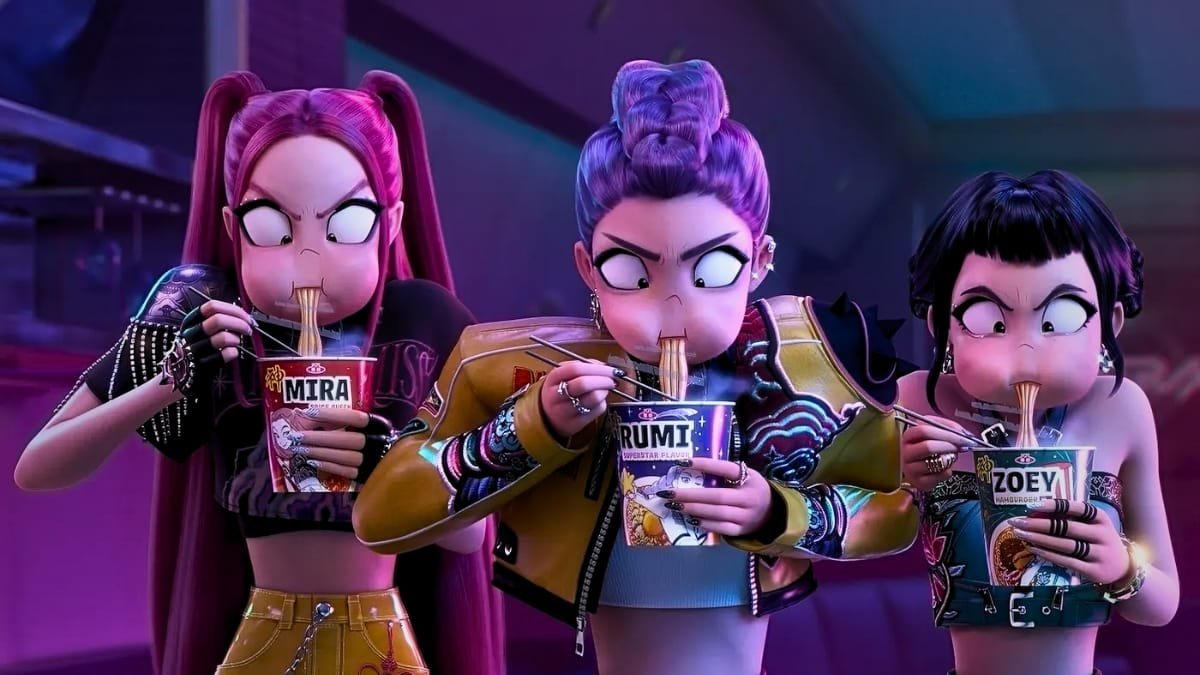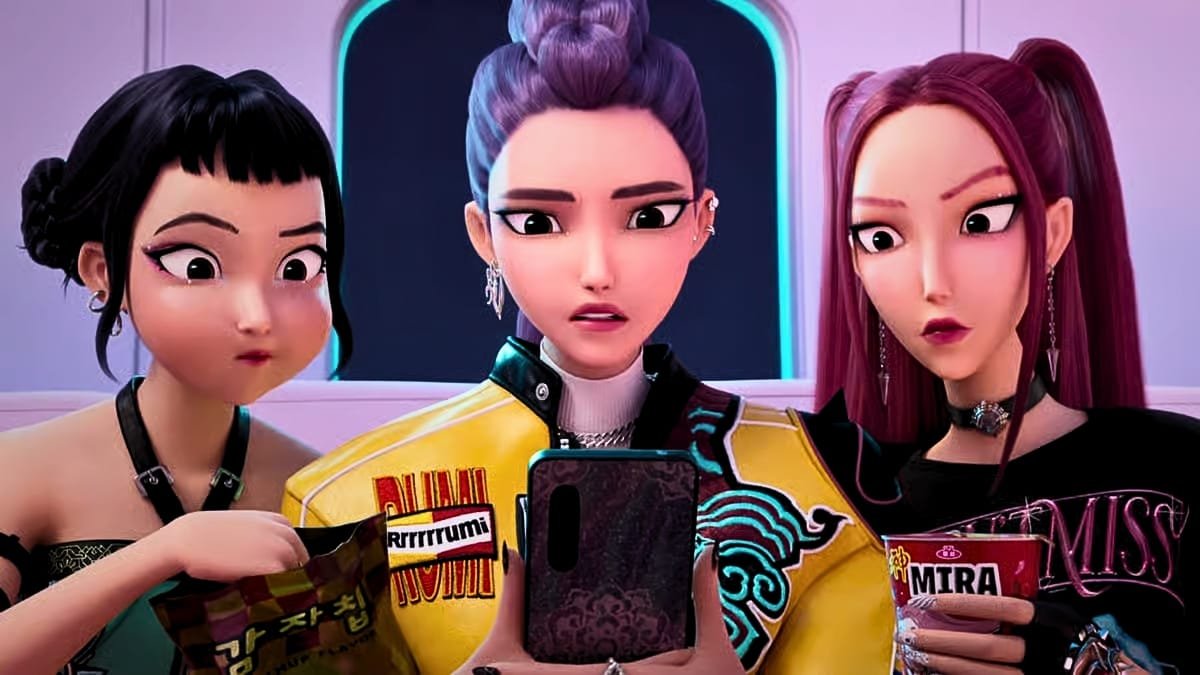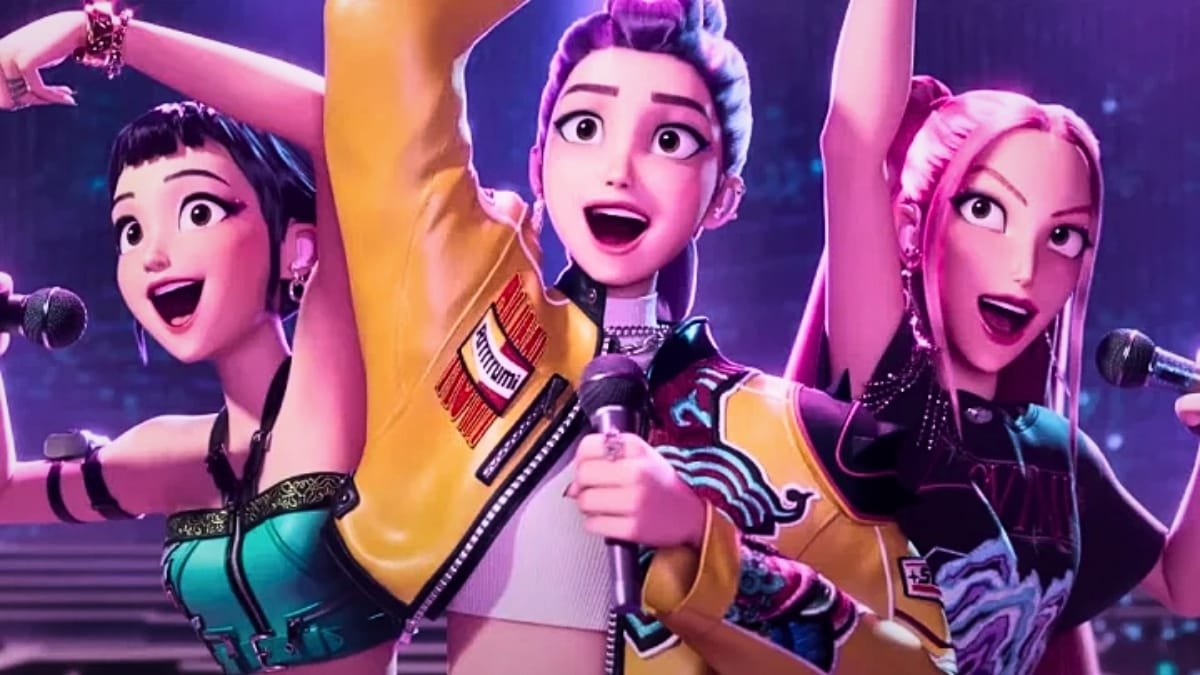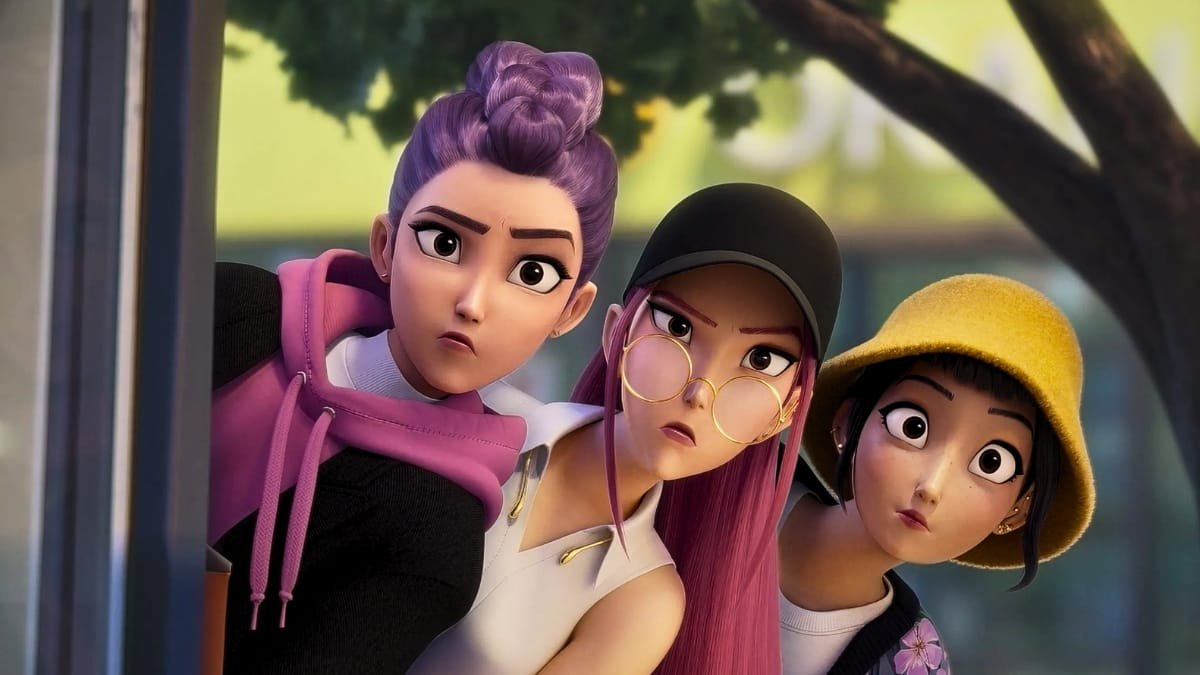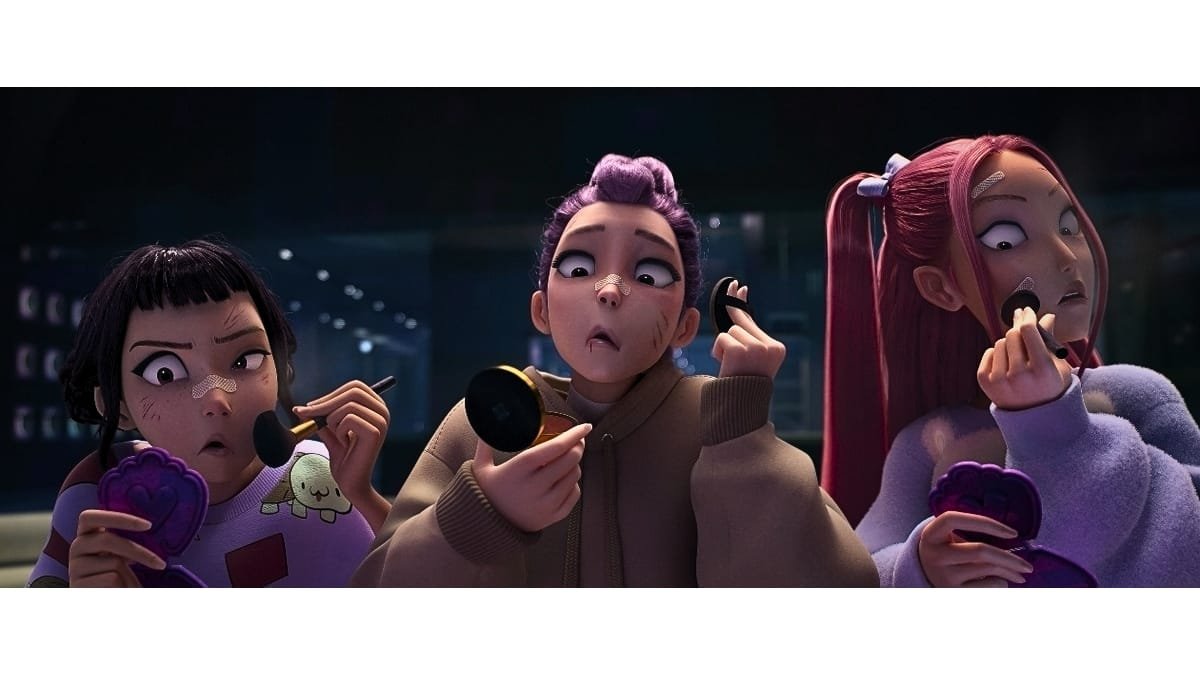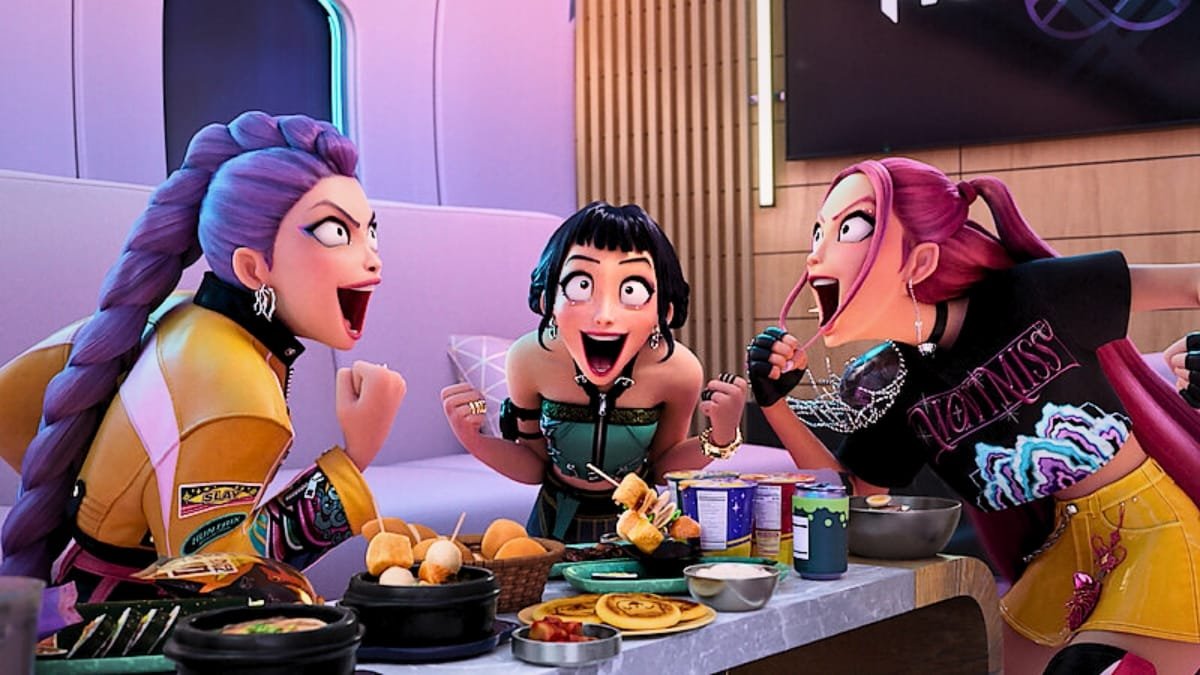New Delhi [India], September 24: If anyone still thought that K-pop’s global sway was just about catchy beats, synchronized choreography, and perfectly styled idols, Netflix just handed them a flaming sword of evidence to the contrary. Enter K-Pop Demon Hunters — an animated spectacle that has not only dethroned every other animated title on the platform but has marched right into the hall of fame as Netflix’s most popular animated film of all time. Yes, you read that right. Forget talking animals and Disney-style princesses; it seems the future of animated dominance involves sequins, supernatural brawls, and a dance break or two.
Of course, with great popularity comes great scrutiny. For every fan making fancams of demon-slaying K-pop idols, there’s a critic whispering, “Maybe the glitter’s hiding some cracks.” Let’s unpack this cultural moment before Netflix inevitably greenlights a universe of spin-offs (spoiler: they already have).
What Is K-Pop Demon Hunters Really About?
At its core, the movie fuses two worlds that nobody explicitly asked to see collide but everyone secretly wanted: K-pop stardom and supernatural demon-slaying. The plot follows an all-girl K-pop group whose glittering stage personas mask their true destiny as protectors of Earth against demonic forces. Think Sailor Moon meets Blackpink, sprinkled with a heavy dose of Netflix budget sheen.
There are transformation sequences, there are heart-to-heart monologues, there are soaring high notes that double as magical attacks. For fans of anime tropes and K-pop culture, this film feels like someone tossed a wish-list into a blender and poured it onto the screen.
Numbers Don’t Lie — But Do They Tell the Full Story?
Netflix has proudly declared the film its most-watched animated release ever, surpassing even global juggernauts like The Sea Beast and Wish Dragon. The viewership numbers are jaw-dropping, with reports suggesting the movie pulled in over 150 million viewing hours within its first month. Social media trends only amplified the phenomenon: hashtags like #DemonHuntersSlay and #KpopMagic dominated X (formerly Twitter) and TikTok for weeks.
But here’s the devil in the details — popularity doesn’t always equate to perfection. Critics have flagged pacing issues, cliché-heavy character arcs, and a certain predictability that makes the third act feel like déjà vu from every other “band comes together to save the world” storyline. Yet, fans argue that the movie’s unapologetic embrace of camp and spectacle is exactly what makes it iconic.
The Fan Reactions: Hysteria, Memes, and Yes, Theories
On TikTok: Clips of the transformation sequences and fight-dance hybrids are trending with billions of views.
On Reddit: Fan theories abound about hidden symbolism — is the lead vocalist’s demon form a critique of the idol industry’s pressures? Or are fans just reading way too much into it? (Probably both.)
On Instagram: Cosplays are already flooding feeds, with some fans recreating elaborate stage outfits faster than you can say “limited-edition lightstick.”
The fandom’s verdict? This isn’t just a film; it’s a lifestyle moment.
The Critics’ View: Glitter Can’t Mask Everything
While audience enthusiasm has been sky-high, reviews have been more mixed. Animation critics praise the high-octane visuals, killer soundtrack, and bold blending of genres. However, they also highlight that beneath the sheen, the story doesn’t always break new ground.
Common critiques include:
Character development feels shallow for non-lead members of the group.
Predictable villain motivations (yes, the demon king wants to plunge the world into chaos, shocking).
Heavy reliance on K-pop clichés — trainee struggles, fan culture pressure — that might not translate globally beyond the already converted.
Still, even skeptics admit that the film’s audacity and cultural relevance make it worth a watch.
The Netflix Factor: A Franchise in the Making
Here’s where things get spicy. According to multiple reports, Netflix isn’t stopping at just one record-breaking movie. A short film — possibly a prequel — is already in the works. Insiders suggest it will dive into the origins of the demon-slaying idol group, potentially giving more depth to side characters that felt overlooked in the main film.
If history is any indicator, Netflix has a knack for milking its hits into full-blown franchises. And let’s be honest: merch sales, music tie-ins, and maybe even a virtual concert are practically inevitable at this point.
Why It Worked: The Secret Formula
To put it simply, K-Pop Demon Hunters succeeded because it understood the assignment. It targeted two of the most powerful global fanbases — K-pop stans and anime enthusiasts — and served them a cocktail of everything they love:
Visual Spectacle: Eye-popping animation rivaling big-studio anime.
Music: Original tracks that slap hard enough to chart independently.
Representation: A story that celebrates K-pop culture without apologizing for its maximalist style.
Timing: Released when global K-pop fever shows no sign of cooling.
Final Verdict: Worth the Hype?
If you’re expecting Grave of the Fireflies levels of storytelling depth, this isn’t it. If you’re hoping for a wild, sparkly, demon-bashing ride with a killer soundtrack — absolutely. K-Pop Demon Hunters may not reinvent the animation wheel, but it spins it fast enough to keep audiences glued and streaming records shattered.
In the end, Netflix has once again proven that when you blend cultural zeitgeists with entertainment, the result is less about critical nuance and more about sheer spectacle. And in 2025, spectacle is exactly what the streaming wars thrive on.

